False adolfoi cory - Corydoras duplicareus
Scientific name: Corydoras duplicareus
Common name: False adolfoi cory
Family: Callichthyidae
Usual size in fish tanks: 3 - 4 cm (1.18 - 1.57 inch)
014
Recommended pH range: 6 - 7.6
Recommended water hardness: 5 - 19°N (89.29 - 339.29ppm)
0°C 32°F30°C 86°F
Recommended temperature range: 22 - 27 °C (71.6 - 80.6°F)
The way how these fish reproduce: Spawning
Where the species comes from: South America
Temperament to its own species: peaceful
Temperament toward other fish species: peaceful
Usual place in the tank: Bottom levels
Food and Feeding
False Adolfoi Corys are omnivores with simple yet diverse dietary needs. These small bottom-dwellers readily accept a variety of foods, making them easy to feed. For their primary diet, use high-quality flake or sinking pellets, ensuring they are nutritionally balanced. To keep them healthy and vibrant, supplement their meals with algae wafers and occasional treats such as bloodworms, brine shrimp, and blackworms. These treats not only enhance their health but also encourage natural foraging behaviors. Feed them during the evening when they are most active, as this aligns with their natural feeding habits.
Origin
False Adolfoi Corys are native to South America, specifically inhabiting the upper tributaries of the Rio Negro in Brazil. This region is part of the Amazon Basin, known for its diverse aquatic ecosystem. The waters here are soft and slightly acidic, often shaded by dense overhanging vegetation. The sandy or muddy riverbeds provide an ideal environment for these small catfish, which spend much of their time sifting through the substrate for food. The unique ecosystem of the Rio Negro, with its dark tannin-stained waters and low mineral content, plays a key role in shaping the behavior and needs of these fish.
Sexing
Identifying the sex of False Adolfoi Corys becomes easier as they mature. When viewed from above, females are noticeably larger and have a rounder, plumper body compared to the slender, streamlined males. These physical differences are most pronounced during the breeding season, making it an ideal time to distinguish between the sexes.
Breeding
Breeding False Adolfoi Corys in captivity is both rewarding and straightforward with the right preparation. Begin by setting up a separate breeding tank with soft, acidic water and a sandy substrate. Add plenty of live plants to create a natural, comfortable environment. To trigger spawning, perform regular water changes with cooler water to replicate seasonal rainfall - a key environmental cue in their native habitat. During spawning, the eggs are scattered across the tank, including on plant leaves and glass surfaces. The eggs hatch after approximately five days. Once the fry are free-swimming, provide them with newly hatched brine shrimp or finely powdered fry food. As they grow, transition them to small sinking pellets to meet their dietary needs.
Lifespan
With proper care, Corydoras duplicareus can live for 3-5 years. Maintaining consistent water quality, a balanced diet, and a stress-free environment is essential for maximizing their lifespan.
Tank Setup and Behavior
False Adolfoi Corys thrive in a well-planned community aquarium. Use a sandy or fine gravel substrate to protect their sensitive barbels, which they use to forage for food. Incorporate rocks, driftwood, and aquatic plants to provide hiding spots and mimic their natural habitat. These social fish prefer living in groups of at least five individuals, which reduces stress and encourages natural behaviors. Their peaceful temperament makes them compatible with other small, non-aggressive species, such as tetras, rasboras, and small livebearers. Avoid housing them with larger, aggressive fish that may outcompete or intimidate them.
Short Description
False Adolfoi Corys are a delightful addition to any community aquarium. Their small size, peaceful nature, and striking appearance make them popular among aquarists. These social catfish are active bottom-dwellers that enjoy sifting through the substrate for food. With their easy care requirements and charming personality, Corydoras duplicareus are ideal for both beginner and experienced fishkeepers.
Pictures
Bought by aqua-fish.net from jjphoto.dk.
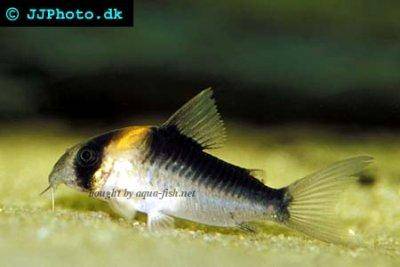


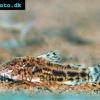 Aspidoras
Aspidoras 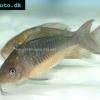 Giant
Giant 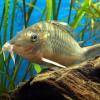 Hognosed
Hognosed 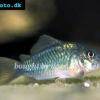 Emerald
Emerald 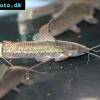 Cascarudo
Cascarudo 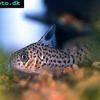 Acre
Acre 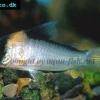 Adolfo’s
Adolfo’s 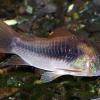 Bronze
Bronze 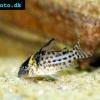 Agassizii’s
Agassizii’s 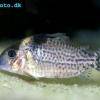 Spotted
Spotted 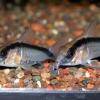 Skunk
Skunk 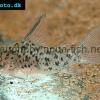 Corydoras
Corydoras 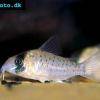 Fairy
Fairy 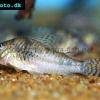 Corydoras
Corydoras 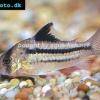 Pink
Pink 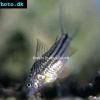 San
San 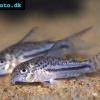 Bond’s
Bond’s  Spotted
Spotted 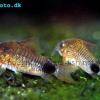 Tailspot
Tailspot 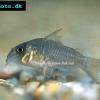 Concolor
Concolor 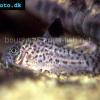 Cope’s
Cope’s 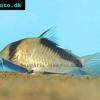 Sand’s
Sand’s 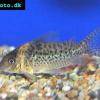 False
False 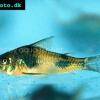 Ehrhardt’s
Ehrhardt’s 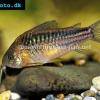 Elegant
Elegant 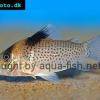 Saddle
Saddle 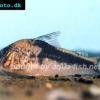 Fowler’s
Fowler’s 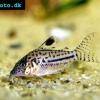 Gomezi
Gomezi 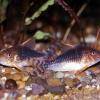 Palespotted
Palespotted 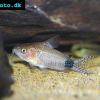 Guapore
Guapore 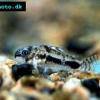 Dainty
Dainty 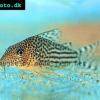 Mosaic
Mosaic 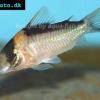 Imitator
Imitator 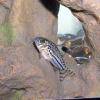 Julii
Julii 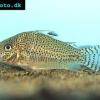 Leopard
Leopard 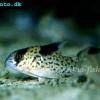 Black
Black 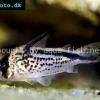 Slant-bar
Slant-bar 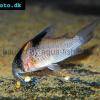 Bluespotted
Bluespotted 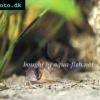 False
False 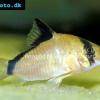 Bandit
Bandit 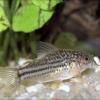 Mini
Mini 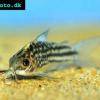 Napo
Napo 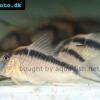 Corydoras
Corydoras 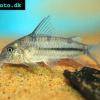 Blue
Blue 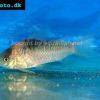 Nijssen’s
Nijssen’s 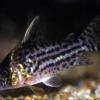 Ornate
Ornate 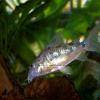 Peppered
Peppered 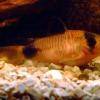 Panda
Panda 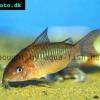 Albertini
Albertini 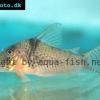 Pastaza
Pastaza 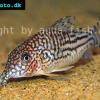 Corydoras
Corydoras 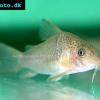 Many-spotted
Many-spotted 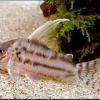 Pretty
Pretty 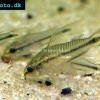 Dwarf
Dwarf 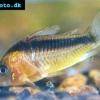 Iridescent
Iridescent 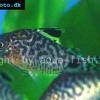 Reticulated
Reticulated 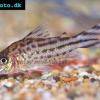 Bannertail
Bannertail 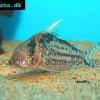 Robust
Robust 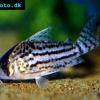 Schwartz’s
Schwartz’s 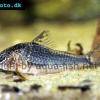 Black
Black 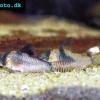 Longnosed
Longnosed 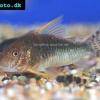 Seuss’
Seuss’ 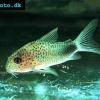 Smudge
Smudge 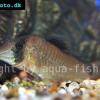 Masquerade
Masquerade 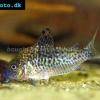 False
False 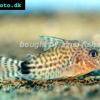 Millenium
Millenium 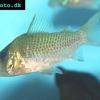 Pinkthroat
Pinkthroat 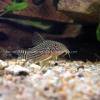 Sterba’s
Sterba’s 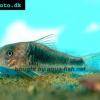 Longsnout
Longsnout 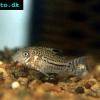 False
False 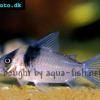 Miguelito
Miguelito 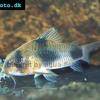 Twosaddle
Twosaddle 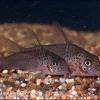 Xingu
Xingu 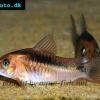 Black
Black 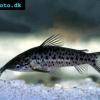 Porthole
Porthole 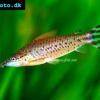 Flagtail
Flagtail 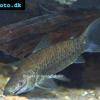 Brown
Brown 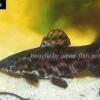 Spotted
Spotted